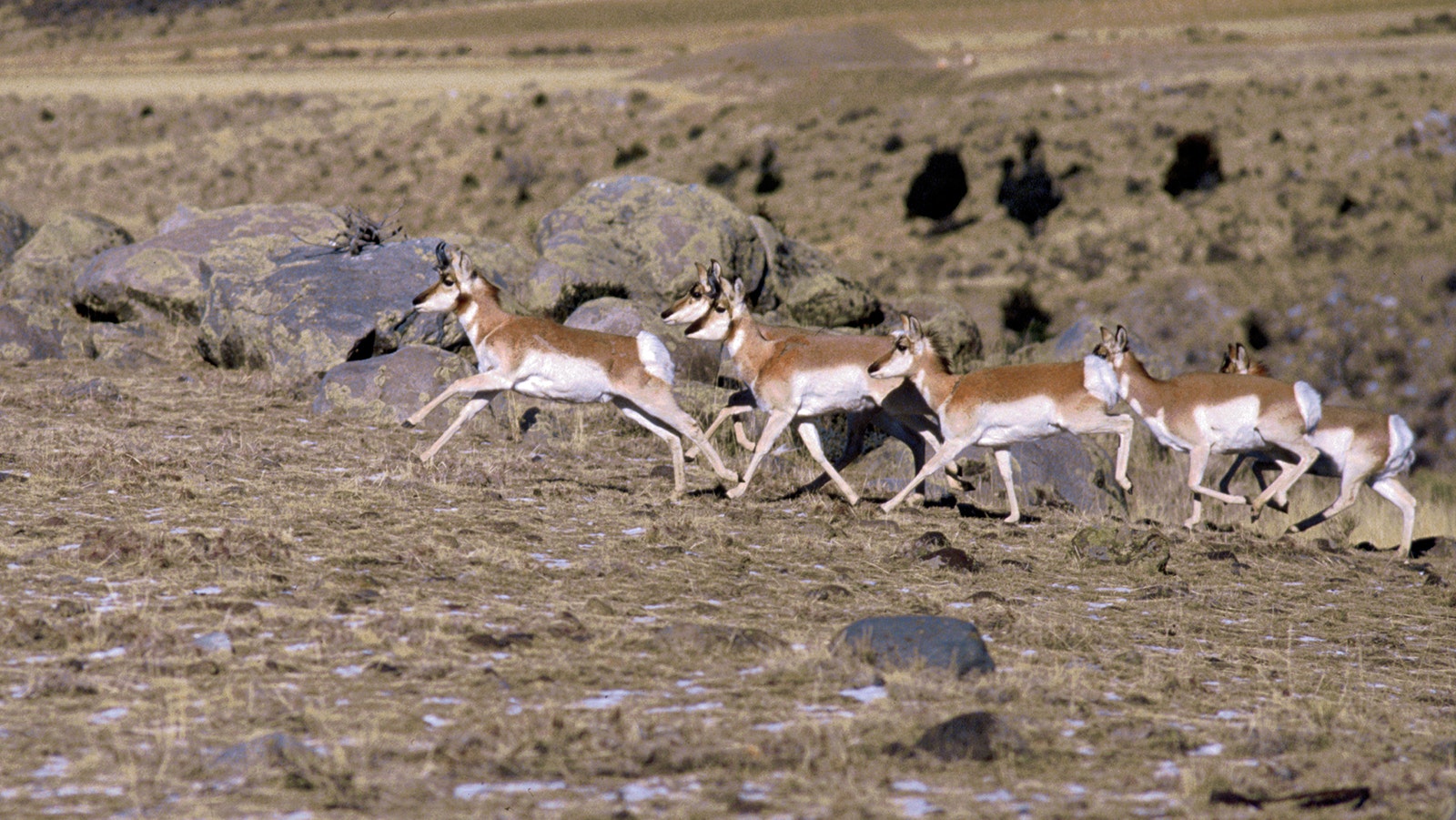A Lander hunter has criticized the One Shot Antelope Hunt for keeping coveted hunting tags from average hunters, particularly this year when some Wyoming herds are suffering devastating winterkill losses.
But a proponent of the hunt said the 80 tags usually set aside for the annual event aren’t enough to make any significant different to anyone else’s drawing odds. There’s also talk of scaling the hunt back this year because of the winterkill.
“We are going to reduce our licenses to the same level, or more, than what Game and Fish recommends,” One Shot Club President Mike Lewis of Lander told Cowboy State Daily.
Even so, Robert Winn, an avid also hunter from Lander – who criticized the One Shot hunts during recent town hall meetings about the wildlife winterkill – questioned the value of the longstanding One Shot tradition.
“I’m four or five years into applying for the drawing, but I’m not drawing any tags,” and yet some wealthy One Shot participants apparently get antelope hunting tags regularly, he told Cowboy State Daily.
Unfair Odds In World Class Areas?
The One Shot hunt typically draws 80 antelope tags in the general vicinity of Lander in areas that make them “some of the most highly sought-after antelope tags in the world,” Winn said.
Wyoming is king when it comes to antelope hunting in terms of the sheer number of antelope, as well as having the best odds of finding record-book class trophy bucks, veteran trophy hunter Guy Eastman of Powell recently told Cowboy State Daily.
So, Winn said he questions the fairness of Wyoming having “less than 20% drawing odds” in some of the antelope hunt areas where the One Shot hunt is hosted. Meanwhile, out-of-state dignitaries such as former Colorado Gov. John Hickenlooper have gotten One Shot antelope tags multiple times.
Lewis said that, at least during a typical year without such severe winterkill, the One Shot hunt’s tags aren’t enough to change average residents’ drawing odds.
“Our understanding is that our 80 tags do not have an impact on the overall drawing odds,” he said. “That’s what we’ve been told by the Wyoming Game and Fish Department, and that’s what we believe.”
Hunting Could Be Cut Across The Board
Lewis reiterated that there likely could be only about half that many One Shot tags issued this year because winterkill has been so bad.
In some areas, estimates are that 50% to 80 % of antelope could die because of brutal conditions on the herds’ winter range.
Regional Game and Fish offices across the Wyoming are already recommending deep cuts to tag allocations in some antelope and deer hunt areas. There’s also been talk among some hunters of simply sitting the season out this year.
The Wyoming Game and Fish Commission, which has the authority to set hunting seasons and tag allocations, will consider the recommendations of regional offices when it meets later this month. The commission is scheduled to meet April 17-18 at the Wyoming Oil and Gas Conservation Commission Building, 2211 King Blvd. in Casper.
An open public session is set to begin at 11:30 a.m. on April 17, and people also can attend remotely via Zoom.
In light of the herd losses and pending hunting tag cuts, Winn said he questions whether there should even be a One Shot hunt this year.
The hunt is scheduled for Sept. 13-16.
A Tradition Since 1940
The One Shot Antelope Hunt was founded in 1940. It was suspended from 1942-1945 because of World War II, but has been hosted every year since 1946.
The hunt usually begins on the opening day of rifle season for antelope and involves three teams – including one from Wyoming and another from Colorado. The third team is sponsored by “past shooters,” but may not include any past shooters, according to the One Shot Club’s website.
It has attracted many well-known participants, including famed astronaut Chuck Yeager.
During a pre-hunt ceremony the evening before, hosted by the Shoshone Tribe, hunters are given “Indian names” and each receives a sacred medicine bag and has a bullet blessed by tribal elders.
Questions The Value
Winn said he isn’t “criticizing” hunt organizers for the general idea behind the hunt or the efforts to create goodwill with the tribes.
But he questions whether the hunt brings a large enough return in terms of money for wildlife conservation or is a means of dolling out “political favors.”
“People think the One Shot Antelope Hunt is great, until you explain to them how it works, and then they think it’s not so great,” he said.
Lewis said the One Shot hunt is an established and important Wyoming tradition, is a showcase for the state and its wildlife and doesn’t affect general public hunting.
He and Winn agreed that it’s been rough watching the herds suffer and die this winter.
“We got even more snow just the other day, and it’s just making matters worse,” Lewis said.
This winter should be a reckoning not only for reconsidering the One Shot hunt, but also taking the long view regarding the importance of habitat preservation, Winn said.
“We can’t keep ignoring the big issue in the room, which is wildlife habitat preservation,” he said.





